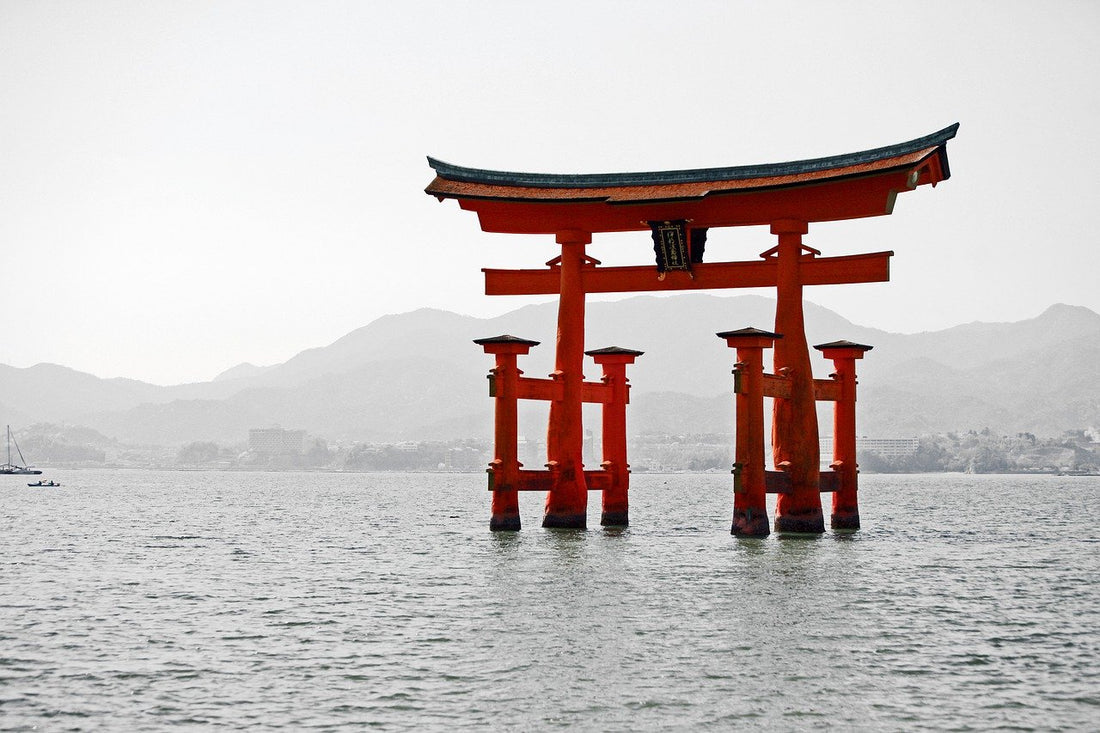Shinto is the indigenous faith of the Japanese people dating as far back to 1000 BCE. Shinto is directly translated to “way of the gods” despite the fact that there are no gods in Shinto but instead they have "kami" or spirits. Kami are the spirits that exist in the natural world such as the rain, mountains, trees, fertility etc. When humans die they become ancestral kami.
The most important kami is the sun goddess Amaterasu. She is believed to be the ancestor to the emperors of Japan. Her shrine at Ise is the most important in Japan. Another significant kami is Inari, the rice producer. This is due to the fact that rice is an exceedingly important food in Japanese culture. Despite all of this, Shinto is primarily a local religion where devotees are more concerned with local shrines than the religion as a whole. This is largely due to the fact that Shinto prioritizes ritual over belief.
Shinto is so intrinsically linked with Japanese culture that many don’t think of it as a religion at all but simply the way of life. At its core, Shinto is not a way of explaining why the world is the way it is but rather a set of rituals that enable human beings to communicate with kami. There are no absolutes in Shinto. No one is purely good nor evil. Shinto believes that humans are predominantly good but can be corrupted by evil spirits. Because of this, many of its rituals revolve around keeping bad spirits at bay.

Due to the fact that Shinto is so heavily embedded within Japanese culture, there are many places for worship. It is quite common for there to be small shrines in the home and workplace where people will place offerings such as tea or rice on a “godshelf". Additionally, there are formal Shinto shrines. Shinto shrines are not only places of worship but are also thought to be the home of the kami. Shinto priests also live at the shrines along with their families. Unlike many other religions, both men and women are allowed to be priests and can even marry and have children. During ceremonies, priests are assisted by younger women called "miko". These women must be unmarried and wear white kimonos. Traditionally, they are the daughters of the priest.

When Buddhism was introduced to Japan in the 6th century, the two religions were able to coexist and even complement each other. There are many that believe kami to be manifestations of the Buddha. Additionally, since Shinto focuses more on the celebration of life the death and funeral rites in Japan borrow heavily from Buddhism. Furthermore, Shinto is a religion that allows it’s practitioners to follow other religions which is one of the reasons Buddhism was able to flourish in Japan.
Because Shinto is focused in Japan it is considered to be an ethnic religion and is not interested in any missionary work. Shinto has a very small presence outside of Japan but can be found in North America, Brazil, Hawaii and some parts of Europe.



1 comment
I’d love to know where the photos were taken.
I am hoping to be ready to build a Japanese influenced house in VT in three years, when I will be a big customer. I love your products. Wish you were in the Ofuro business too, and basically all things Japanese.